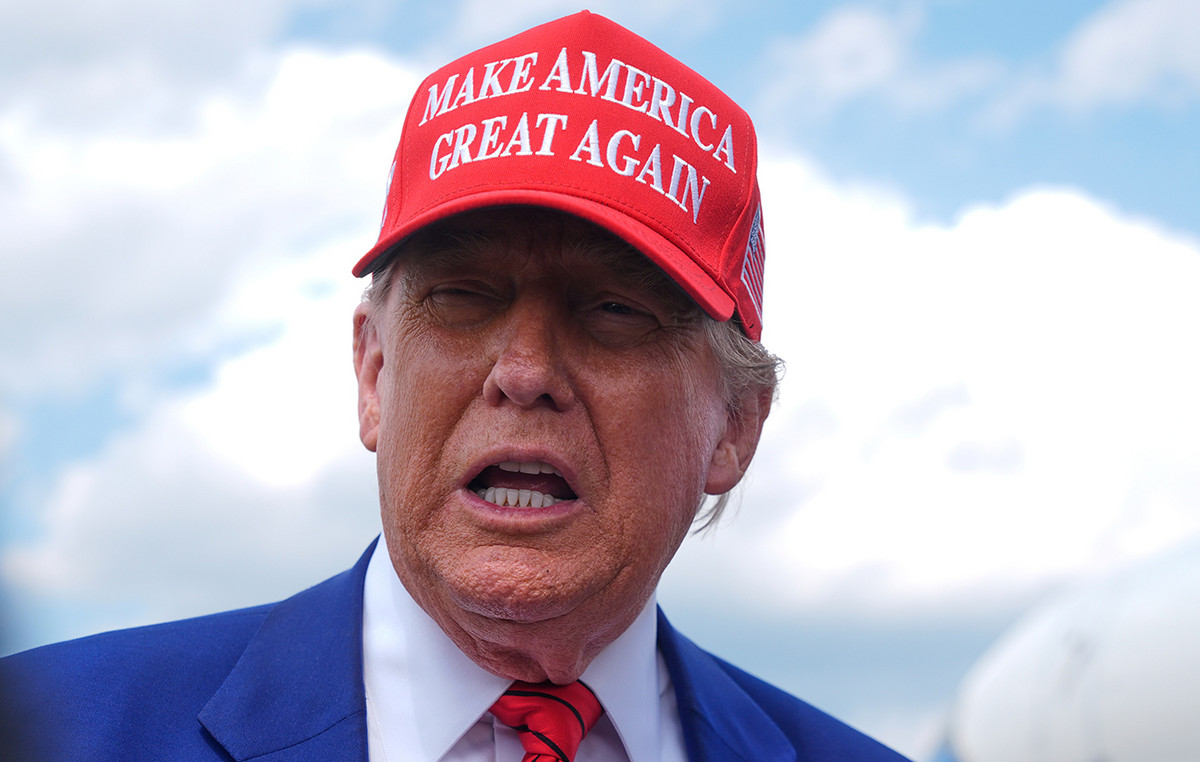The president of Peru, Pedro Castillo, announced the partial closure of Congress, in a message broadcast on national television.
Castillo said that he would call elections for the Constituent Assembly and that he would be governed by decree-laws. He also indicated that a curfew will be imposed.
This Wednesday (7), the hearing of the motion of censure in the Peruvian Congress was scheduled. Castillo should respond to the accusation made by the Legislature of having “permanent moral inability” to govern, for the third time since he took office in July 2021.
President Castillo said on Tuesday (6) that those promoting the political process against him want to “dynamit democracy and ignore the right to choose” of Peruvians, in addition to wanting to “seize and take the power that the people took from them in the ballots”.
It was the third attempted vacancy motion (the equivalent of impeachment proceedings) against President Pedro Castillo and the fifth against an incumbent president in the past five years.
Since 2016, Peru has had five presidents, including Pedro Castillo, elected for the presidential term from 2021 to 2026. Before him, in 2018, Pedro Pablo Kuczynski faced a vacancy motion, but resigned before the impeachment vote, which is estimated to have he would have lost.
To remove a president from power in Peru requires 87 votes, which correspond to two thirds of the 130 members of Congress.
Should this third attempt to oust Castillo succeed, Vice President Dina Boluarte would take her place and assume office to complete her term until July 2026.
Article 113 of the Peruvian Constitution provides that the Presidency of the Republic may be removed for various reasons, including “permanent moral incapacity” declared by Congress.
Source: CNN Brasil
Bruce Belcher is a seasoned author with over 5 years of experience in world news. He writes for online news websites and provides in-depth analysis on the world stock market. Bruce is known for his insightful perspectives and commitment to keeping the public informed.







